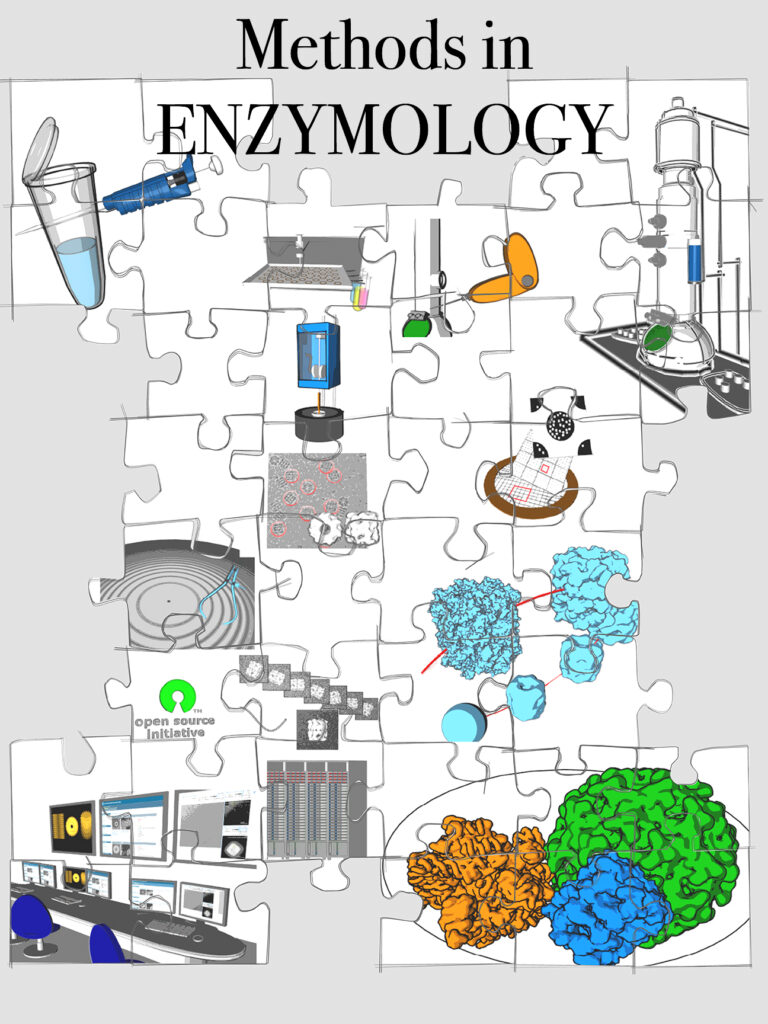
Dmitry Lyumkis, Arne Moeller, Anchi Cheng, Amber Herold, Eric Hou, Christopher Irving, Erica L. Jacovetty, Pick-Wei Lau, Anke M. Mulder, James Pulokas, Joel D. Quispe, Neil R. Voss, Clinton S. Potter Bridget Carragher
Throughout the history of single-particle electron microscopy (EM), automated technologies have seen varying degrees of emphasis and development, usually depending upon the contemporary demands of the field. We are currently faced with increasingly sophisticated devices for specimen preparation, vast increases in the size of collected data sets, comprehensive algorithms for image processing, sophisticated tools for quality assessment, and an influx of interested scientists from outside the field who might lack the skills of experienced microscopists. This situation places automated techniques in high demand. In this chapter, we provide a generic definition of and discuss some of the most important advances in automated approaches to specimen preparation, grid handling, robotic screening, microscope calibrations, data acquisition, image processing, and computational infrastructure. Each section describes the general problem and then provides examples of how that problem has been addressed through automation, highlighting available processing packages, and sometimes describing the particular approach at the National Resource for Automated Molecular Microscopy (NRAMM). We contrast the more familiar manual procedures with automated approaches, emphasizing breakthroughs as well as current limitations. Finally, we speculate on future directions and improvements in automated technologies. Our overall goal is to present automation as more than simply a tool to save time. Rather, we aim to illustrate that automation is a comprehensive and versatile strategy that can deliver biological information on an unprecedented scale beyond the scope available with classical manual approaches.
DOI: 10.1016/S0076-6879(10)83015-0
Part of ISBN: 9780123849939